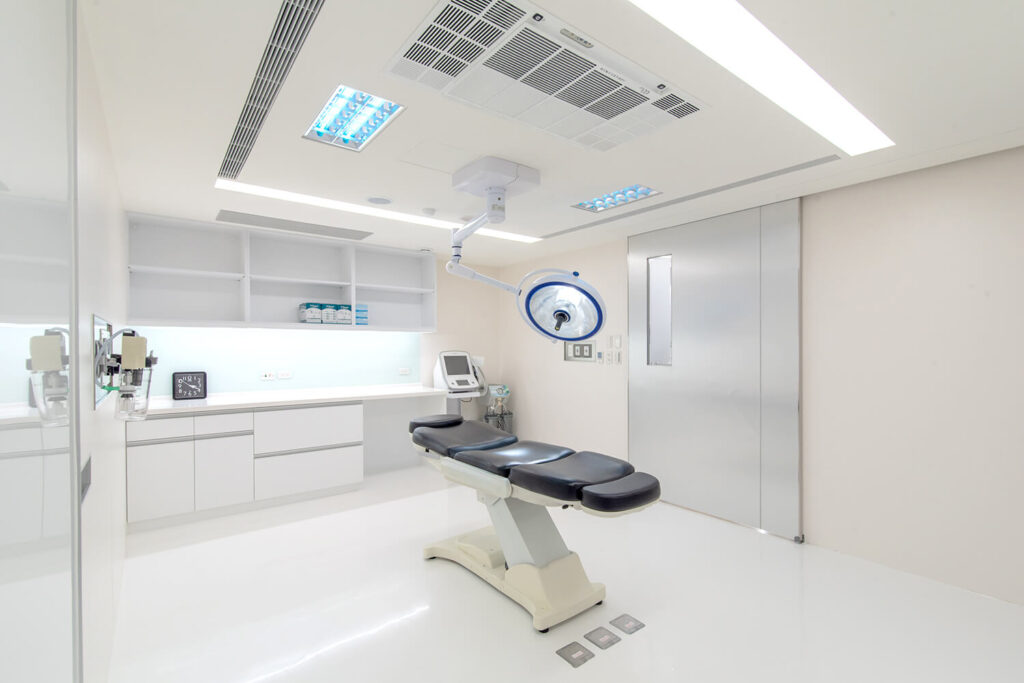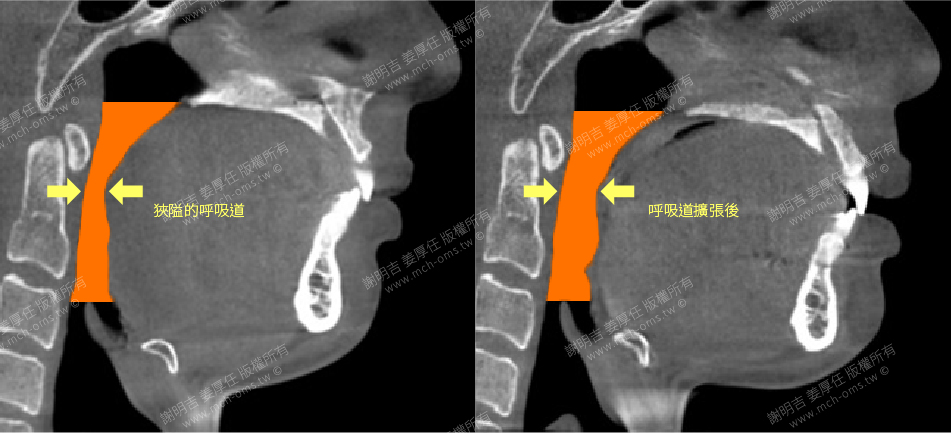Orthognathic surgery treatment

What is orthognathic surgery?
Orthognathic Surgery, also known as facial correction surgery, is a surgical procedure that targets facial bone asymmetry or malocclusion.
This surgery, which typically involves the repositioning of the upper and lower jaw, can effectively address a variety of problems caused by abnormalities in bone structure, such as abnormal breathing, difficulty chewing, and oral health issues.

Who is suitable for orthognathic surgery?
malocclusion
Such as excessive protrusion or retraction of the upper jaw, retrusion of the mandible, etc.
Asymmetrical face
For example, facial deformities caused by congenital disease or trauma.
apnea
This is a symptom of sleep apnea, in which patients may experience pauses in breathing while sleeping, leading to poor sleep quality and other health problems. Studies have shown that after orthognathic surgery, the airway patency of such patients can be significantly improved and the incidence of respiratory arrest can be reduced.
For patients considering orthognathic surgery, the following factors should also be considered
age
Surgery is usually recommended over the age of 18 to ensure bone development has been completed.
health status
Assess for chronic conditions that may affect the risk of surgery, such as high blood pressure or diabetes.
Mental preparation
Patients need to be in a good mental state to cope with the changes brought about by surgery and the challenges during the recovery period.
Fenghua United Clinic Orthognathic Surgery Procedure
1. Physician consultation
The key to the success of orthognathic surgery lies in "communication" and "design". The doctor will spend a lot of time communicating with you and work out a surgical plan with the most careful attitude before arranging the surgery time.
2. Preoperative examination
Before entering the orthognathic surgery stage, we will obtain some facial analysis data, including 3D craniofacial computed tomography (Cone-beam CT), dental models, and intraoral and intraoral preoperative photos.
The doctor will integrate this information, discuss possible surgical methods with you, and provide a simulated postoperative appearance if necessary. This entire discussion helps consumers gain a deeper understanding of the process and scope of treatment, as well as the benefits of maxillofacial surgery.
3. General anesthesia
The surgery will be performed under general anesthesia on the same day. Depending on the complexity of the surgery, it can be performed at a maxillofacial surgery center or a medical center.
4. Surgery process
Orthognathic surgery, simply put, is a surgery that moves the maxillofacial bones to a new position and then refixes them.
Shortening operations usually involve cutting off part of the bone; lengthening and heightening operations sometimes require bone replacement.
As for the time of orthognathic surgery, it usually takes about 4 to 5 hours. The incisions are all in the mouth. After the bones are displaced and rearranged, titanium bone screws and bone plates are used for fixation and the wounds are sutured.
5. Regular follow-up visits
6. Postoperative care
After orthognathic surgery, the doctor will provide you with precautions for dietary changes, mainly liquid drinks for a week. After the first follow-up visit, the doctor will review the recovery and if it goes well, you can start eating soft and solid foods.
As a general rule, the amount of movement of the jawbone involved or when both the upper and lower jawbones are moved at the same time, the longer it takes to return to normal eating, usually between 1 and 2 months.
During the wound healing period, you should rest more and avoid overexertion and strenuous exercise. In addition, special attention should be paid to the fact that smoking will affect the healing of the wound.
7. Recovery period
Of course, the biggest concern for many people is whether it will be painful after surgery.
The blood circulation of maxillofacial surgery (including bone reduction surgery) is very rich, so the recovery is very fast, and the pain can be easily controlled with analgesic drugs.
According to each person's feelings, the average person can return to work 1-2 weeks after the operation. Roughly speaking, initial healing takes about a month, and it takes 4-6 months to completely reduce swelling and return to the final appearance.



